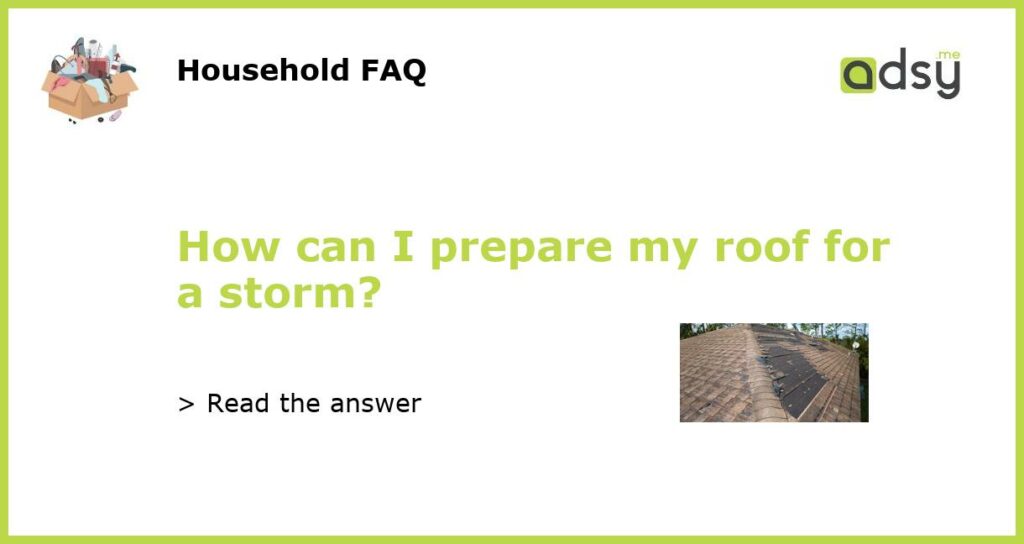Check for any existing damage
Before a storm hits, it’s important to assess the current condition of your roof and determine if there are any existing damages that need to be repaired. Look for any loose or missing shingles, cracked tiles, or signs of water leakage. Addressing these issues before a storm will help to prevent further damage.
Trim nearby trees and branches
Trees and branches can pose a significant threat to your roof during a storm. Strong winds can cause branches to break off and damage your roof. Therefore, it’s important to trim any overhanging branches and remove any dead or weak trees that are close to your home. This will help minimize the risk of damage to your roof during a storm.
Secure loose items on your roof
If you have any loose items on your roof, such as satellite dishes or antennas, it’s important to secure them before a storm. Strong winds can easily blow these items off your roof, causing damage not only to your roof but also to surrounding structures. Make sure these items are properly anchored or temporarily removed to prevent any potential hazards.
Keep your gutters and downspouts clean
Clogged gutters and downspouts can cause water to overflow and accumulate on your roof during a storm. This can lead to water leakage and potential structural damage. Therefore, it’s important to regularly clean and maintain your gutters and downspouts to ensure proper water drainage. This will help protect your roof during a storm.
Consider installing hurricane straps or clips
Hurricane straps or clips are metal connectors that help secure your roof to the walls of your home. They provide additional support and can help prevent your roof from being lifted or blown off during high winds. If you live in an area prone to strong storms, it may be worth considering the installation of hurricane straps or clips to reinforce your roof’s structural integrity.

